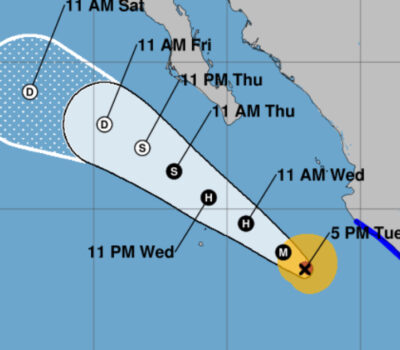Major League Baseball’s campaign to speed up its games in the hope of winning over more young fans has shown some signs of success in the first month of the new season.
Before the season began, Rob Manfred, MLB’s new commissioner, said he wanted to reduce the amount of dead time during games without compromising the integrity of the game.
But he conceded that he was probably being overambitious in his goal of cutting the average running time of big-league games to less than three hours, or two minutes lower than in 2014.
To his pleasant surprise, the average game so far in the new season has lasted two hours 53 minutes, seven minutes less than at this time last year and nine minutes shorter than during the full 2014 season.
“Everybody’s been really pleased with the results so far,” said Chris Marinak, the MLB senior vice president overseeing the program. “People who watch the games on a regular basis say they just feel crisper.”
The length of baseball games has creeped higher for years, worrying executives who hear the grumbling. Thirty years ago, the average time of a game was 2 hours 35 minutes.
The average time of game shot up 5.4 minutes last season from a year earlier, largely because of expanded use of video replay.
To cut the time between innings, Manfred instituted several clocks, one in the outfield and one behind home plate, to ensure that players are ready to play.
The timers count down from 2:25 for locally televised games and from 2:45 for nationally televised games. Pitchers no longer take any warm-up pitches with 30 seconds left on the clock, and hitters are “encouraged” to get into the batter’s box with 20 seconds left on the timer, MLB said.
Hitters can no longer leave the batter’s box during their turns at bat to take practice swings or adjust their helmets.
Also, managers cannot leave the dugout to request a video review. During the first year of replays, managers would typically confront an umpire first and then request the review.
Manfred’s up-tempo mandate is seen as a way to cultivate a new generation of fans at a time when many Americans have strayed from the game.
On average, baseball’s fans are the oldest of the four major U.S. sports. Television audiences for the 2014 World Series had a record-high median age of 55.6, compared to a 43.7 for that year’s Super Bowl, according to Sports Media Watch.
Baseball audiences are much smaller, as well. Last season MLB’s top regular season game had just 2.9 million television viewers, while the least-watched National Football League game had 4.9 million.
ORTIZ ADAPTS
Boston Red Sox slugger David Ortiz was among the players who initially complained that the new rules would disrupt their rhythm at the plate.
But Marinak said Ortiz, known for his penchant to stroll out of the batter’s box between pitches, has not been cited once this season for leaving the batter’s box.
Ortiz, who has four homers this season but a tepid .240 batting average, has been quiet on the issue.
“He’s known for his routine,” Marinak said . “But he’s made a quick adjustment.”
“I don’t see any issue with the rules,” said Washington Nationals manager Matt Williams, who played in the majors for 17 years. “I’m not even sure we even notice the clock. We don’t let it rent space in our brain. We just play the game.”
For the first month of the season, violators of the new rules have been getting a warning from MLB with a video link showing their transgressions. MLB has not revealed the number of warnings issued.
Fines could ultimately be an option for flagrant or repeated violations.
Players and managers have generally been agreeable with the up-tempo mandate, so far.
“I haven’t heard anyone complain,” said St. Louis Cardinals infielder Kolten Wong, who has not yet received a warning. “They’re trying to make the games go quicker.
“And it seems to be working so they’re going in the right direction.”
MLB’s Marinak said the networks, and the game’s bottom line, have not suffered as a result of the hurry-up mandate between innings, noting that the new rules merely clean up the dead time once a broadcaster comes back from a commercial.
ESPN senior producer Phil Orlins acknowledged that no advertising has been lost and said the quicker game is a plus.
“A crisply played game that has the same amount of action in a little less period of time is a good thing,” he said.
(Reporting by Steve Ginsburg; editing by Frank McGurty and David Gregorio)
Major League Baseball's campaign to speed up its games in the hope of winning over more young fans has shown some signs of success . . .











